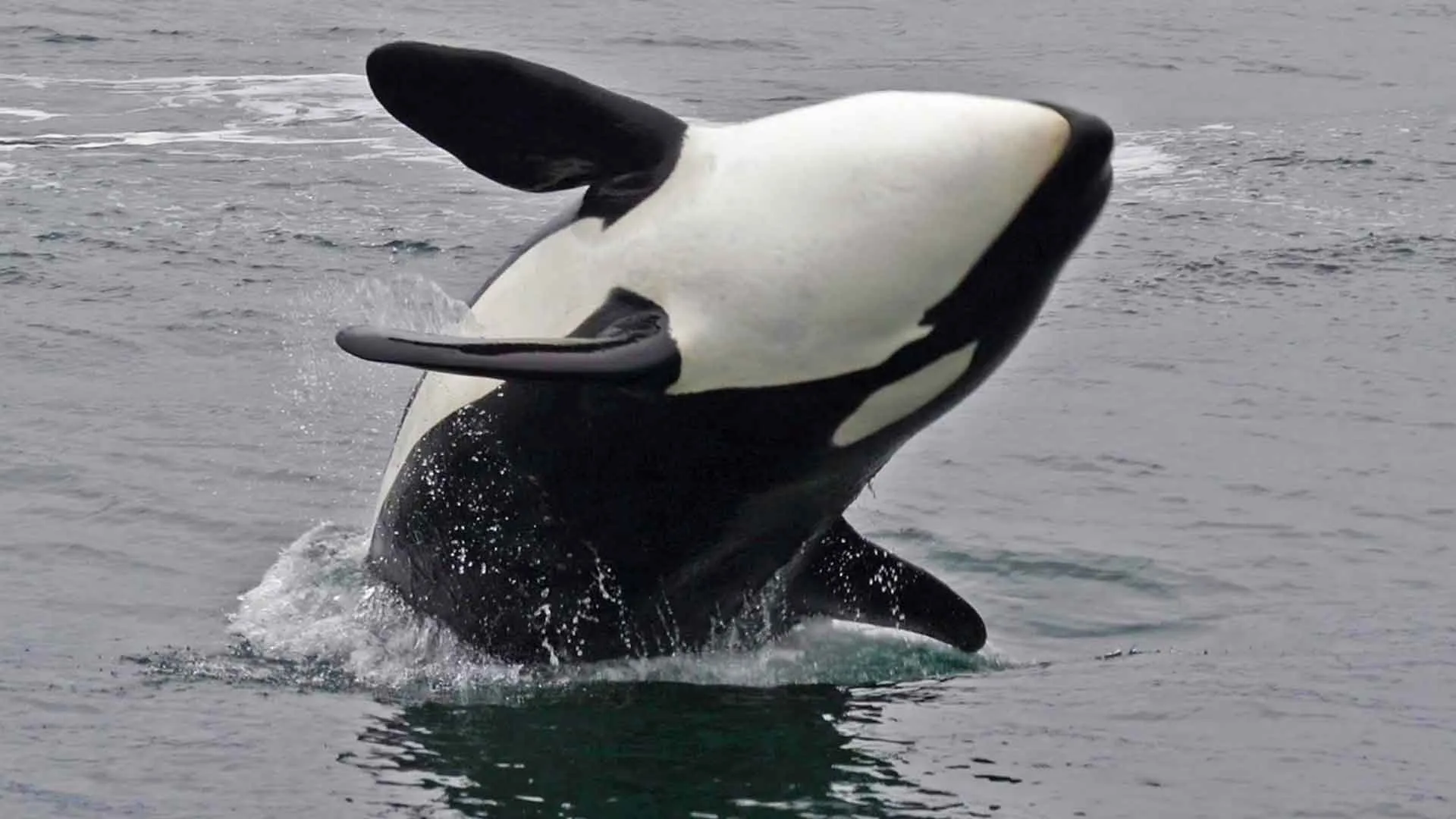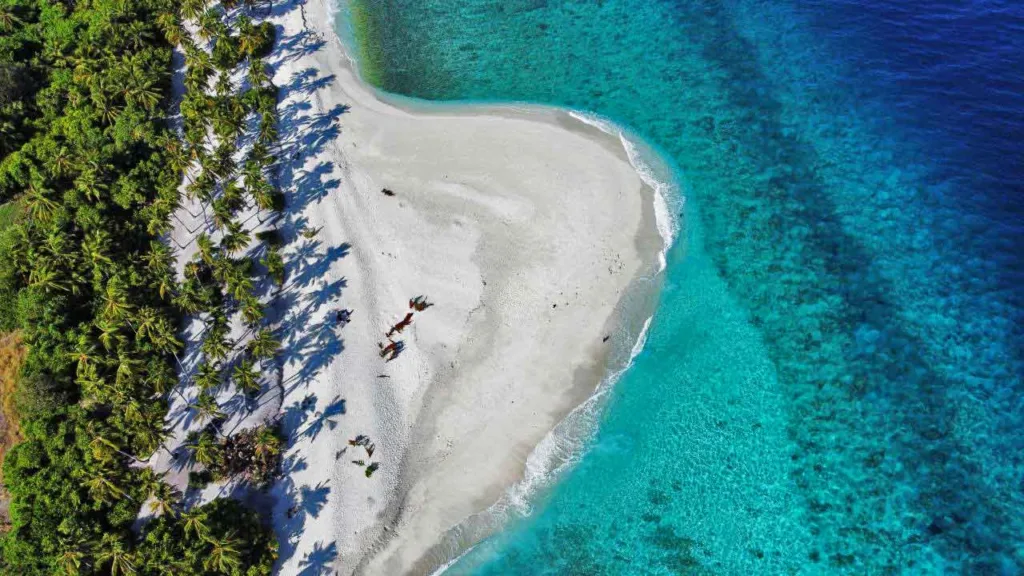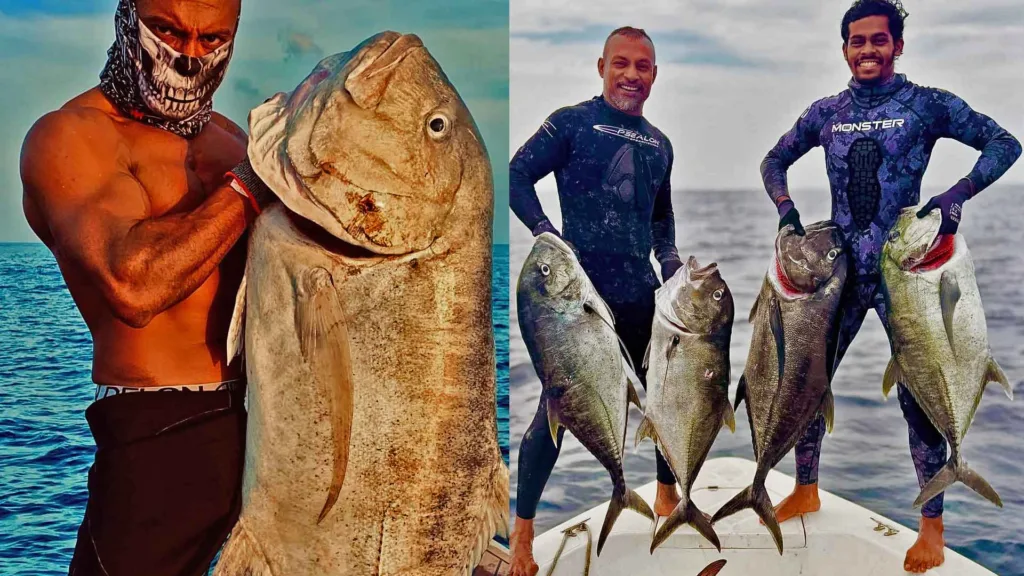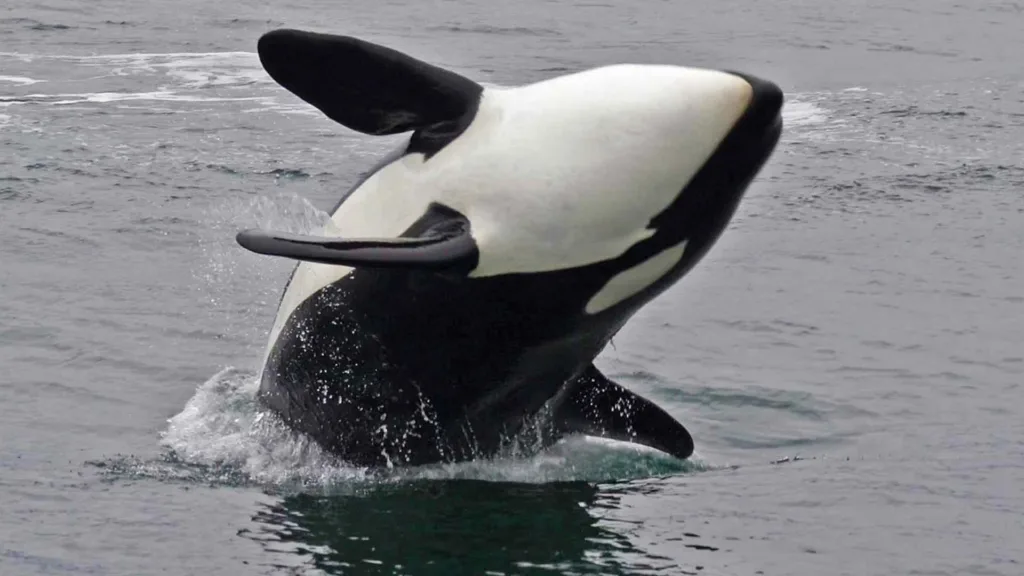
Some ocean species are creepy and mysterious, while others are stunningly beautiful. The killer whale (Orcinus orca) is one of the most strikingly beautiful predators. This is a toothed whale, an apex predator. Orca has a distinctive appearance, with white patches on its eyes, black pigmentation on its back, and white on the underside of its body.
Killer whales are believed to live in cooler climates around the world. However, due to their widespread distribution in the ocean, they can also be found in tropical waters. Killer whales live in some tropical areas, but they are typically found in North America or Antarctica.
Despite their wide geographical range, they are rarely seen in tropical waters. Scientists have discovered that killer whales live in many parts of the world, including the northeast Pacific region. But they were viewed as isolated. Scientists also discovered that their behavior differed from that of other killer whales around the world. This species also prefers different prey than one another.
The lack of prey is one of the reasons for the rarity of killer whale encounters in tropical waters. They are opportunistic in tropical waters. Satellite-tracked killer whale movement reveals that in tropical waters such as the Hawaiian region, killer whales are considered visitors cruising the waters.
Killer whales have been spotted in the Maldives in several locations, including the Jawakara Islands, Fuvahmulah, and Raa Atoll. These sightings are from the last five years. A 2012 review (Anderson, Adam, 2012) of observations made in Maldivian waters between August 1990 and June 2002 (Anderson 2002) revealed 57 encounters. There were 21 encounters from the north of Maldives, 31 from the Centre, and 5 from the south.
The study found that killer whale schools ranged in size from 5 to 11. They saw six large whales with pink objects in their mouths. The researchers thought it was the carcass of a dolphin, shark, or large tuna. They also saw approximately six killer whales shadowing spotted dolphins. They also noticed that the dolphins were associated with yellowfin tuna.
The team also received a report from a diving instructor that a group of killer whales were teasing and eventually killing a manta ray. Sivasubramaniam (1965), who reviewed the logbook, also observed killer whales in the Maldives. According to Leatherwood et al. (1991), Sivasubramaniam observed false killer whales.
Killer whales have been reported from tropical areas all over the world (e.g., Dahlheim et al., 1982). Many sightings have been reported across tropical Oceania, the Indo-Pacific region, and Southeast Asia.
From 1987 to 2002, Papua New Guinea reported 37 sightings. Additionally, 57 sightings have been reported in Papua New Guinea, though the exact date and location are unknown. The first killer whale sighting in this region occurred in 1956, while fishermen were attempting to catch fish with longlines.
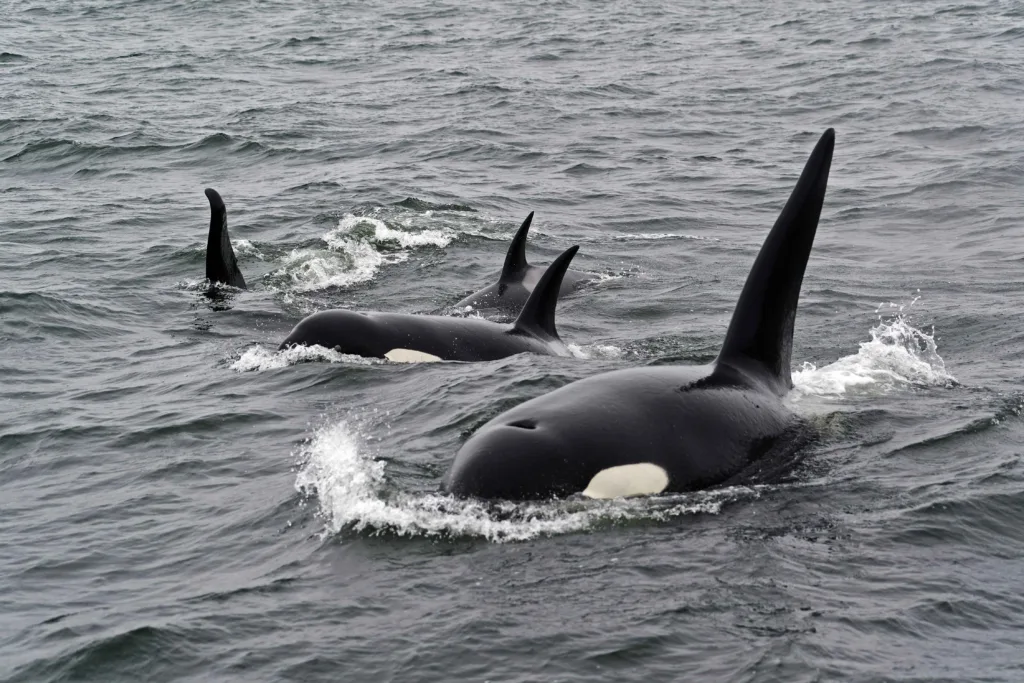
The Pacific Islands Fisheries Science Centre (PIFSC) conducted ship surveys in Hawaiian region in 2002, 2010, 2013, and 2016 and found killer whales in fewer than 10 groups. Killer whales are found in the warmer waters of Florida, Hawaii, Australia, the Galapagos Islands, the Bahamas, and the Gulf of Mexico. They can also be found in more temperate waters such as those in New Zealand and South Africa. They are capable of venturing into tropical waters.
A new study conducted in 2021 by Florida International University (FIU) discovered that killer whales eat anything they see in tropical waters. They prey on whales that are twice their size.
“We found sperm whales with tooth rakes from killer whales,” Kiszka said. “Sperm whales also go close to shore when killer whales are in the area, and they become completely silent when killer whales are around.” Jeremy Kiszka, an assistant professor of marine sciences at Florida International University’s Institute of Environment, made this statement.
The coastal waters of Brazil are also warm. However, killer whale occurrence in coastal waters off southeastern Brazil was linked to upwelling conditions and prey availability (Siciliano et al., 1999), and records have increased over the last two decades.
Killer whale movements and occurrences are commonly associated with prey preferences and availability. On Brazil’s southeastern coast, upwelling systems (such as the rich waters of Cabo Frio) attract a variety of seasonally abundant sharks, rays, fish, and cetaceans (Siciliano et al., 1999). Scientists estimate that there are approximately 50,000 killer whales in the world’s oceans.
